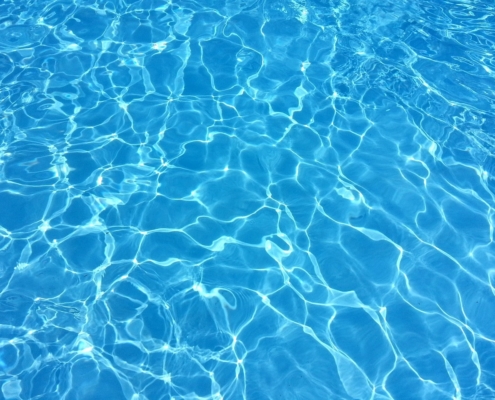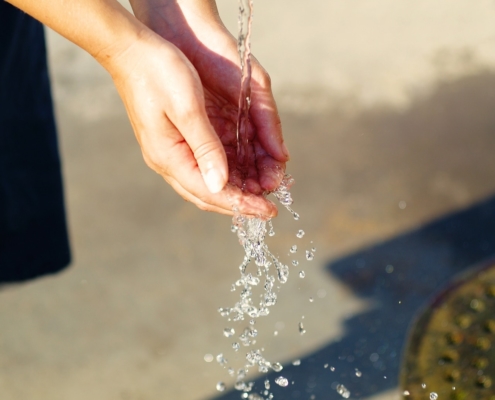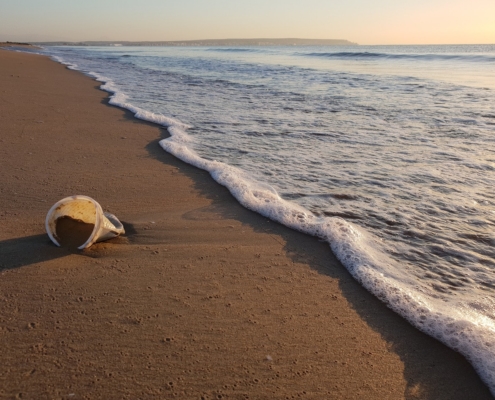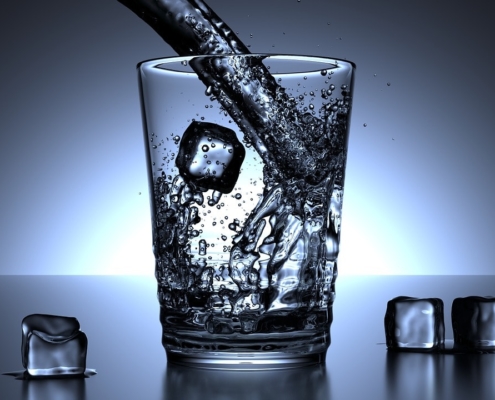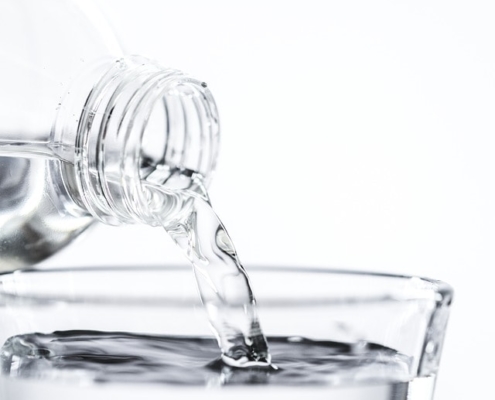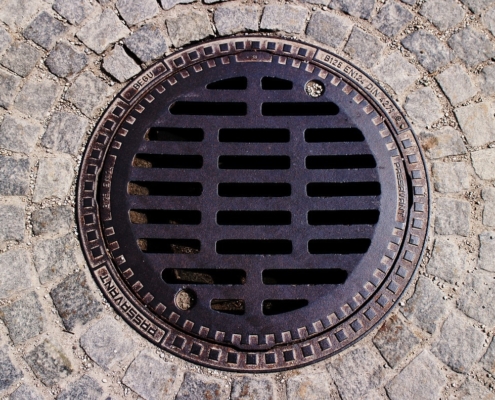 https://riefilt.de/wp-content/uploads/2019/07/channel-1692671_1280-min.jpg
856
1280
Alexander Riebe
https://riefilt.de/wp-content/uploads/2023/09/RIEFILT-Wort-und-Bildmarke-300x38.png
Alexander Riebe2019-09-22 21:42:292019-09-22 21:42:29Drinking water pollution - reasons & countermeasures
https://riefilt.de/wp-content/uploads/2019/07/channel-1692671_1280-min.jpg
856
1280
Alexander Riebe
https://riefilt.de/wp-content/uploads/2023/09/RIEFILT-Wort-und-Bildmarke-300x38.png
Alexander Riebe2019-09-22 21:42:292019-09-22 21:42:29Drinking water pollution - reasons & countermeasuresDrinking water pollution – reasons & countermeasures
Drinking water pollution is one of the biggest dangers to our health. Clean water is vital. However, there are many risk factors that can cause pollution in our latitudes. How a drinking water contamination is possible, what effects and dangers it can have and how to avoid it, can be found in the following guide.
Drinking water pollution – how can this happen?
Contaminations of water can harm the human body and nature. For this reason, the drinking water is prepared very meticulously and strictly controlled. Clean drinking water is the most important asset of humanity. Nevertheless, there are risks that can cause drinking water pollution:
• Chemicals
In Germany, everyone consumes an average of 120 liters of water a day. Almost five percent of it is used for cooking or drinking. Most of the drinking water flows through the faucets, washing machines and toilets. Cleaning, washing and personal care products as well as the chemical finish of textiles pollute the water. They are predominantly not biodegradable. This creates great difficulties, because the products end up in our wastewater, which must be laboriously reconditioned. Chemical substances also reach polluted waters and soils into the groundwater. Despite careful water treatment, there is no assurance that all chemicals will be removed. This poses a problem with regard to possible drinking water contamination.
• Pesticides
A major threat to drinking water pollution is also pesticides, such as pesticides and fertilizers. This often contains heavy metals such as arsenic, which are not excreted by the body and can thus accumulate in the organism in the long term. This form of pollution takes place over contaminated soil and water. By way of detours, the pollutants enter the groundwater, which is used for drinking water treatment. The chemical substances are difficult to remove.
• Old pipelines
Old pipelines are also a risk for drinking water contamination, as in this way germs and bacteria can settle in the water. This can lead to diarrhea, vomiting and convulsions. In addition, it is possible that various heavy metals are released, which promote serious health problems. An example is lead: Lead contamination can affect the development of children. From new copper pipes copper can reach the water in questionable amount. Copper can lead to gastrointestinal problems. Chlorine promotes arterial hardening, respiratory problems, asthma and allergies to some degree. This is only part of the possible sequelae or diseases caused by drinking water contamination. Heavy metals are among the most dangerous substances: they can accumulate in the body and are often not eliminated, so they pose a major threat to health.
• Biological drinking water pollution
Viruses, bacteria and other microorganisms can cause diseases of the gastrointestinal tract, the liver, serious infectious diseases and neurological disorders. In the water treatment of the waterworks, they are removed. But a perfect water quality is guaranteed by the water suppliers only to the house connection. In the house, the owner himself must regularly check whether there are deposits by germs such as Legionella in the drinking water. These germs can settle in the water pipes and over time form a biofilm that is difficult to remove. Many germs can cause infections. There are several hundred deaths every year, possibly due to Legionella. Dangerous Legionella bacteria multiply particularly in lukewarm water or stagnant water.
• Remnants of medicines
Drinking water contamination is becoming more and more common as a result of remnants of medicines that are excreted in the urine and remain as waste in the wastewater. Over time, they also get into the groundwater and thus into the drinking water. These are in particular painkillers, rheumatism, epilepsy and X-ray contrast agents, antibiotics and medicines for lowering blood pressure. In tap water are also often hormones from drugs such as the anti-baby pill. These can cause serious disorders in the body. Detecting the substances is not easy, because a special test procedure has to be developed for each substance. Many substances remain undetected due to the low concentration. It is strongly advised not to dispose of medicines in the toilet.
Drinking water pollution – what can you do about it?
Ways to avoid drinking water contamination are water treatment and filtration. Filtering the water with a water filter system can provide pure water. These water systems pay off within a few months. They remove all questionable, harmful substances. Activated carbon filters lead to the accumulation of almost all uncharged particles. A reverse osmosis system is also used to clean the water of all foreign substances.
Summary
Our drinking water is not always sterile. It may contain pathogenic microorganisms or other harmful substances that you should remove. The possible contamination of drinking water is divided into different groups, for example pollution by chemical or biological substances. Many chemicals can be difficult to remove by conventional water treatment. Due to the low concentration even the detection is already extremely difficult. According to experts, there are now over 100,000 chemical compounds in the water cycle, with this number increasing each year. Biological contaminants include bacteria, viruses or other microorganisms. Inorganic impurities are, for example, toxic metals. Check by analysis if your water is clean. High-quality treatment systems provide you with the purest drinking water.
Service
Read more about our services.
Our B2B Shop
Visit our B2B Shop for filter equiptment
Contact
Get in touch.




